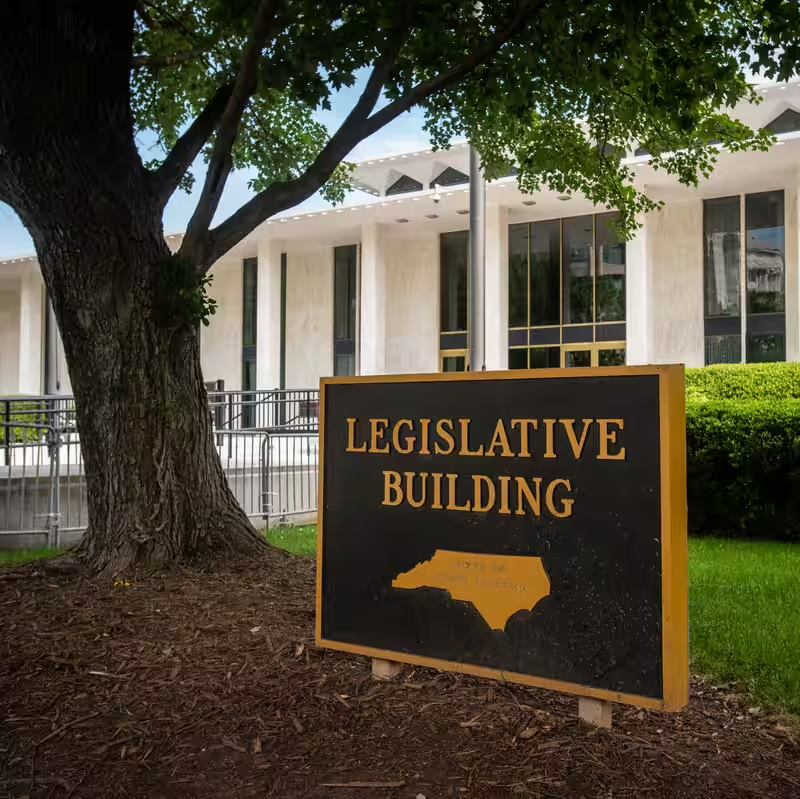In a swift and decisive move, the North Carolina State Senate has approved a new congressional district map that could reshape the state’s political landscape for the next decade. The plan, backed by Republican lawmakers, aims to add a new Republican-leaning seat to the U.S. House delegation—a shift that could have national implications in the 2026 midterm elections .
Table of Contents
- What the New Congressional Map Changes
- Why Republicans Are Racing to Redraw Districts
- How the Map Becomes Law—No Veto Power
- Opposition and Concerns Over Gerrymandering
- What Happens Next?
- Sources
What the New Congressional Map Changes
The newly approved North Carolina congressional map increases the number of districts from 14 to 15, capitalizing on population growth revealed in the latest census data. But the real story lies in the boundaries. Analysts say the redrawn districts are carefully engineered to give Republicans a strong advantage in at least 10 of the 15 seats—up from the current 7–7 partisan split under the court-ordered map used in 2024 .
This shift isn’t just about geography; it’s about power. By concentrating Democratic voters in fewer districts and spreading Republican-leaning voters more evenly, the map maximizes GOP electoral efficiency—a classic tactic in partisan redistricting.
Why Republicans Are Racing to Redraw Districts
With control of the U.S. House hanging in the balance, every seat counts. North Carolina’s extra seat—granted due to population gains—represents a rare opportunity for Republicans to gain ground without flipping a traditionally Democratic district. The timing is critical: the 2026 elections are just over a year away, and candidates are already preparing.
Republican leaders argue the map reflects the state’s true political leanings. “North Carolina is a red state,” said Senate Majority Leader Harry Brown. “This map finally aligns our congressional delegation with the will of the voters.”
How the Map Becomes Law—No Veto Power
One key detail makes this redistricting effort especially potent: under the North Carolina Constitution, the governor has no authority to veto redistricting plans. That means once the State House of Representatives—also controlled by Republicans—approves the Senate’s version (expected later this week), the map becomes law immediately .
This procedural quirk has long been a point of contention in the state’s political battles, giving the majority party in the legislature near-total control over district lines.
Opposition and Concerns Over Gerrymandering
Democratic lawmakers and voting rights advocates have condemned the move as an extreme case of gerrymandering. “This isn’t representation—it’s rigging,” said Rep. Darren Jackson. “They’re drawing lines to choose their voters, not the other way around.”
Legal challenges are almost certain. North Carolina has been a battleground for redistricting lawsuits for over a decade, with courts repeatedly striking down maps for racial or partisan gerrymandering. However, recent U.S. Supreme Court rulings have limited federal oversight of partisan gerrymandering, leaving most disputes to state courts—a more uncertain path for opponents.
What Happens Next?
The State House is expected to vote on the new congressional map by Friday. If approved, the map will be used for the 2026 primary elections. Candidates will need to quickly reassess their campaigns, as many will find themselves in entirely new districts—or pitted against fellow incumbents.
For voters, the change may mean unfamiliar names on the ballot and redrawn community boundaries. But for national political strategists, North Carolina just became one of the most important states to watch in the fight for Congress.




